Pinelands National Reserve:
Parts of Ocean County lie within the federally designated Pinelands National Reserve, a unique region spanning approximately 1.1 million acres across seven counties in New Jersey. Established by Congress through the National Parks and Recreation Act of 1978, it holds the distinction of being the first National Reserve in the United States.
Development projects located within the state-designated Pinelands Area fall under the regulatory jurisdiction of the New Jersey Pinelands Commission, as outlined in N.J.A.C. 7:50-4.34. Before the Ocean County Soil Conservation District can process a Soil Erosion and Sediment Control Plan, the applicant must provide a Certificate of Filing from the Pinelands Commission. To determine whether a project is within this jurisdiction, applicants can consult the Pinelands Management Area Interactive Map at nj.gov/pinelands.
OCSCD Regulation:
The Standards for Permanent Vegetative Cover for Soil Stabilization—Section 4 of the NJ Soil Erosion and Sediment Control Standards—provides specific guidance for projects located within the Pinelands National Reserve. These standards are tailored to the region’s distinctive soil and ecological characteristics, such as low soil fertility, acidic pH, and native Pinelands vegetation.
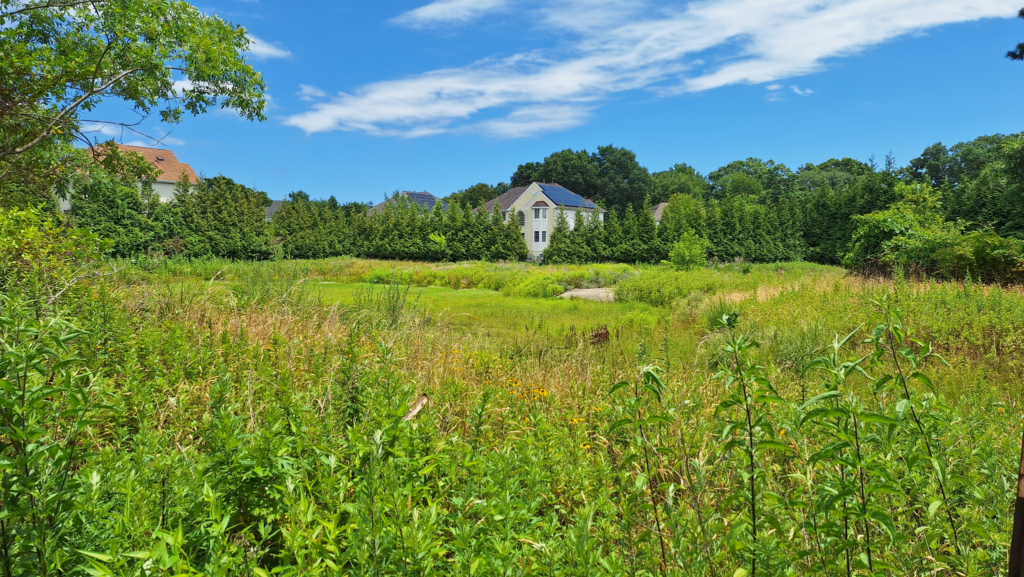
In an effort to preserve local ecology, the standard emphasizes natural recolonization by indigenous plant species wherever possible. However, because native vegetation in the Pinelands can be slow to reestablish on disturbed sites, the standard also includes recommended Pinelands-approved seed mixtures. These mixtures are to be seeded directly into the existing A horizon and stabilized with mulch, as per the NJ Standards.
Although originally developed for use within the Pinelands National Reserve, the Pinelands seed mixture is also suitable for use outside the Reserve boundaries—particularly in regions with similar sandy, acidic soils, such as areas of Lakewood Township. As development pressure continues in densely populated communities like Lakewood, the use of native seed mixtures provides an opportunity to restore ecological function, enhance habitat value, and create more resilient landscapes.
Pine Barrens Ecology:
The Pine Barrens is an ecologically rare and resilient landscape shaped by wildfire over tens of thousands of years. According to the Pinelands Preservation Alliance, the region’s plant communities have evolved to survive in acidic, nutrient-poor, and fire-prone conditions.
A prime example is the Pitch Pine (Pinus rigida), a keystone species in this ecosystem. It exhibits remarkable adaptations to fire. For example, serotinous cones—which remain tightly sealed until the heat of a fire melts the cone’s resin, triggering the opening of the cone’s scales and the release of seeds. In addition to this fire-dependent reproductive strategy, Pitch Pines also have thick, fire-resistant bark that protects the inner cambium from heat damage. They can also regenerate after fire through epicormic buds hidden beneath the bark, which sprout new branches even if the crown is scorched.
These adaptations make Pitch Pine one of the most fire-resilient trees in eastern North America, playing a vital role in the persistence of the Pine Barrens ecosystem. These fire-dependent strategies are unique adaptations that support biodiversity in the Pine Barrens.
Other notable Pine Barrens plants include Blackjack Oak (Quercus marilandica), a fire-tolerant oak that thrives on dry, sandy soils, and Turkey Beard (Xerophyllum asphodeloides), a striking perennial that flowers abundantly after fire. The Pine Barrens Gentian (Gentiana autumnalis), with its vivid blue blooms, is another species adapted to open, fire-maintained habitats. Each of these plants contributes to the intricate web of life in this globally rare ecosystem.
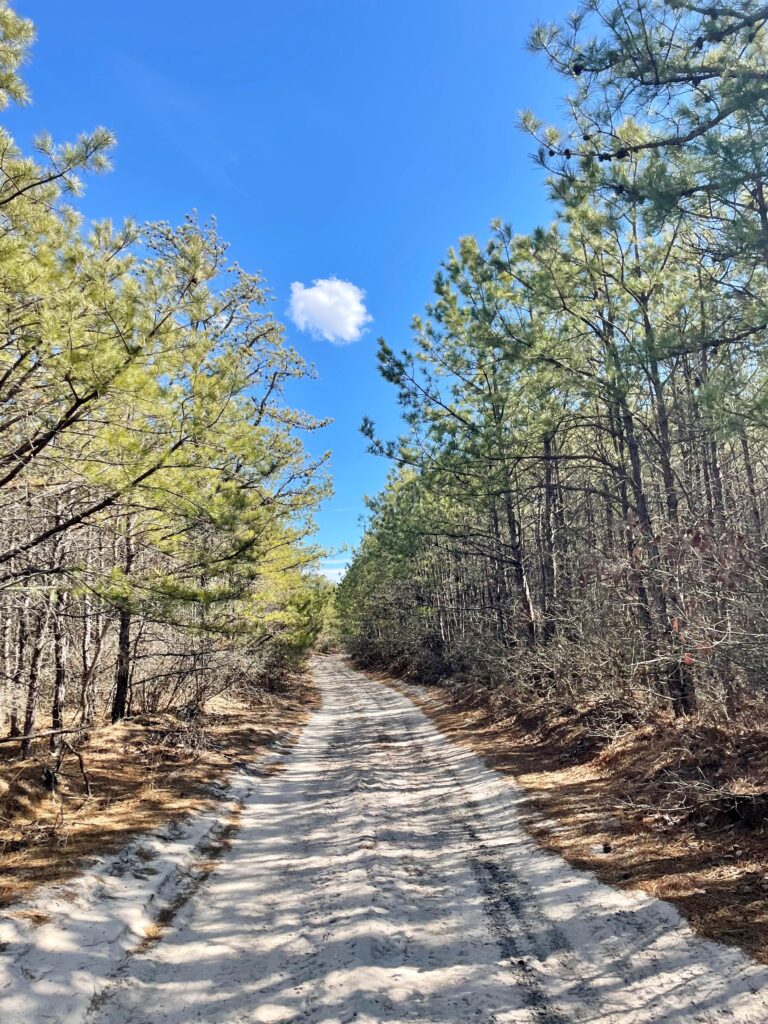
Pinelands Seed Mix Species Favorites:
The Pinelands-approved seed mixtures recommended in the NJ Soil Erosion and Sediment Control Standards are applicable throughout the county. Not only do these species help stabilize soil on disturbed sites, but also support native wildlife and pollinators. Many species in the mix are both functional and visually appealing, providing seasonal interest while restoring ecological balance. Here are a few standout species:
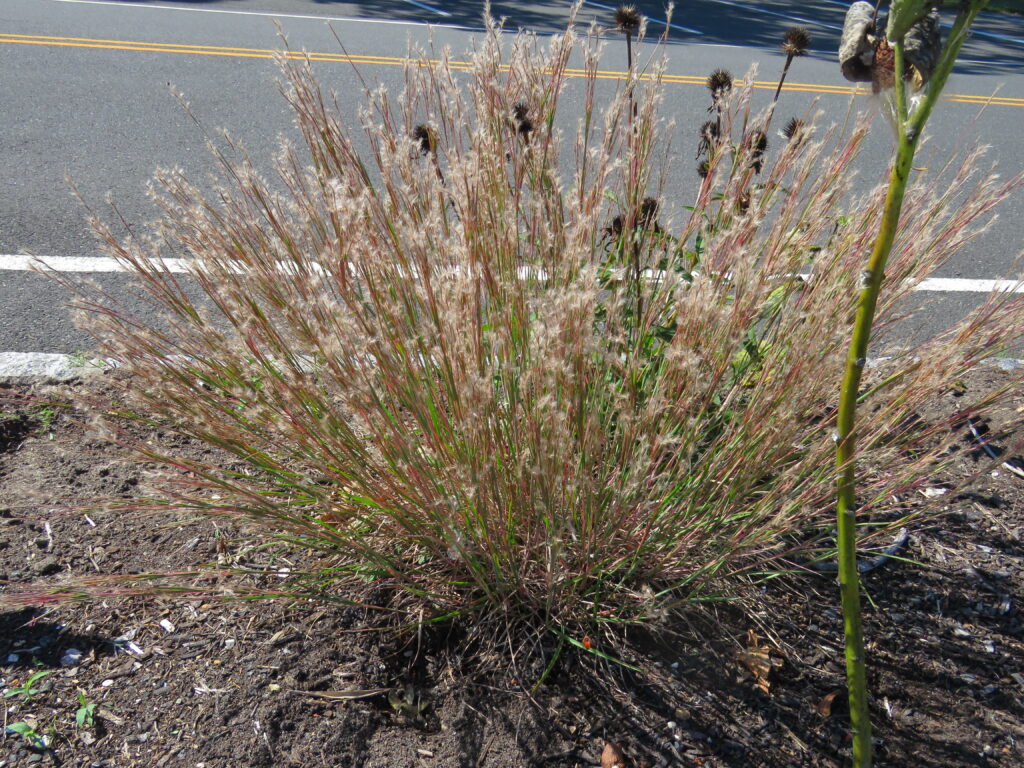
- Little Bluestem (Schizachyrium scoparium)
This warm-season native bunchgrass is prized for its blue-green summer foliage that turns rich copper and burgundy in fall. With a deep, fibrous root system, it provides excellent erosion control and thrives in sandy soils. It also offers food and shelter for birds, butterflies, and other wildlife.
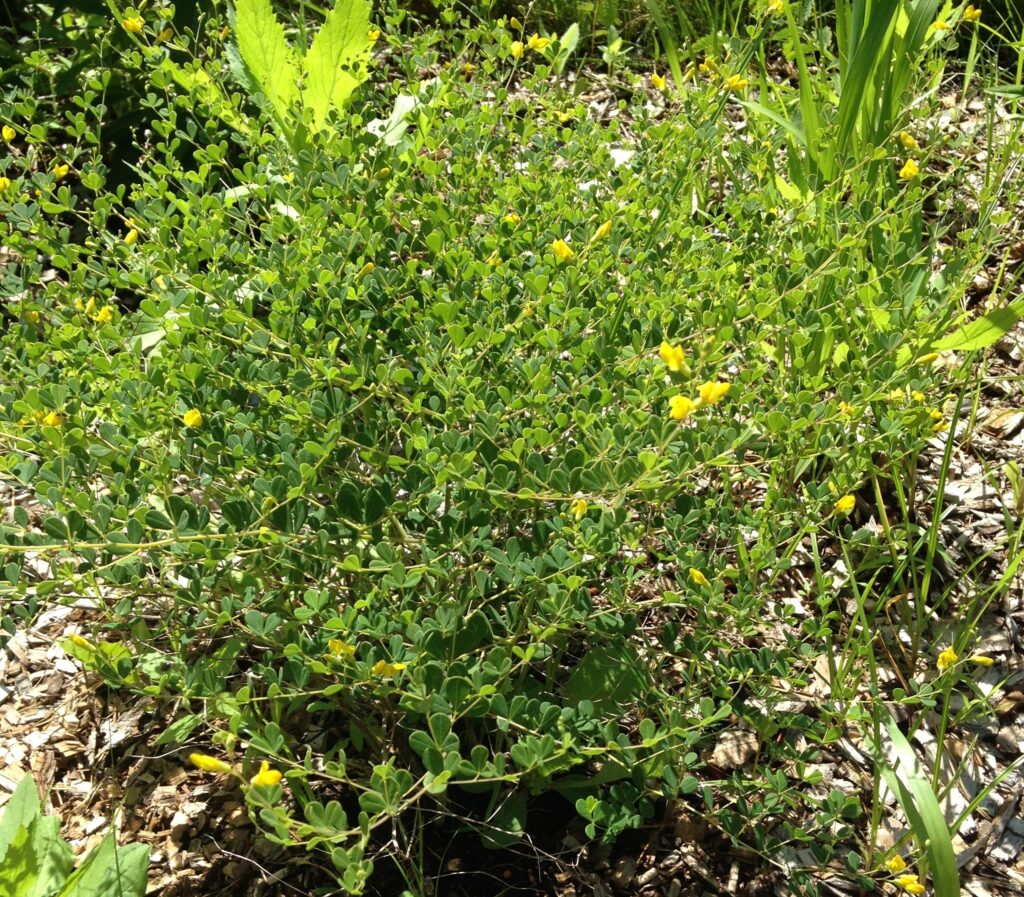
- Wild Indigo (Baptisia tinctoria)
Also known as Yellow Wild Indigo, this shrubby perennial adds texture and soft yellow blooms to restoration sites. Like Partridge Pea, it is a legume that enriches soil with nitrogen. Its deep roots help with soil stabilization, and it serves as a host plant for butterflies such as the Wild Indigo Duskywing.
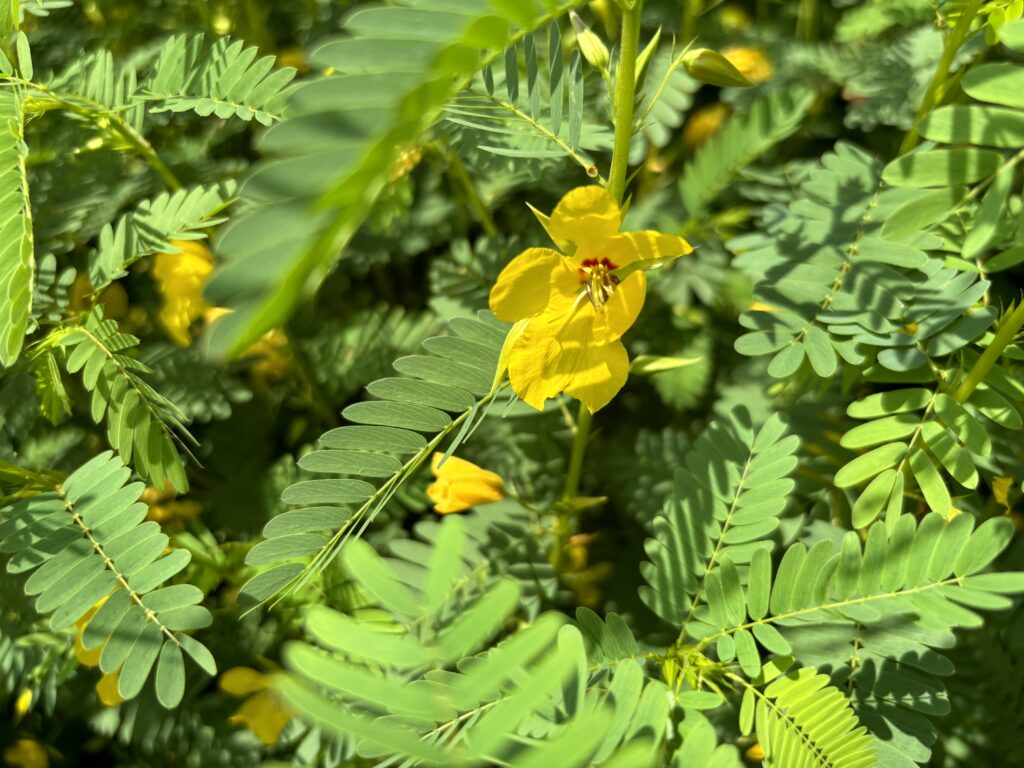
- Partridge Pea (Chamaecrista fasciculata)
A cheerful annual with bright yellow flowers that bloom in late summer, Partridge Pea is a nitrogen-fixer that improves soil health. It’s a favorite of native bees and butterflies, including the Cloudless Sulphur. Its sprawling growth helps stabilize sandy or disturbed areas.
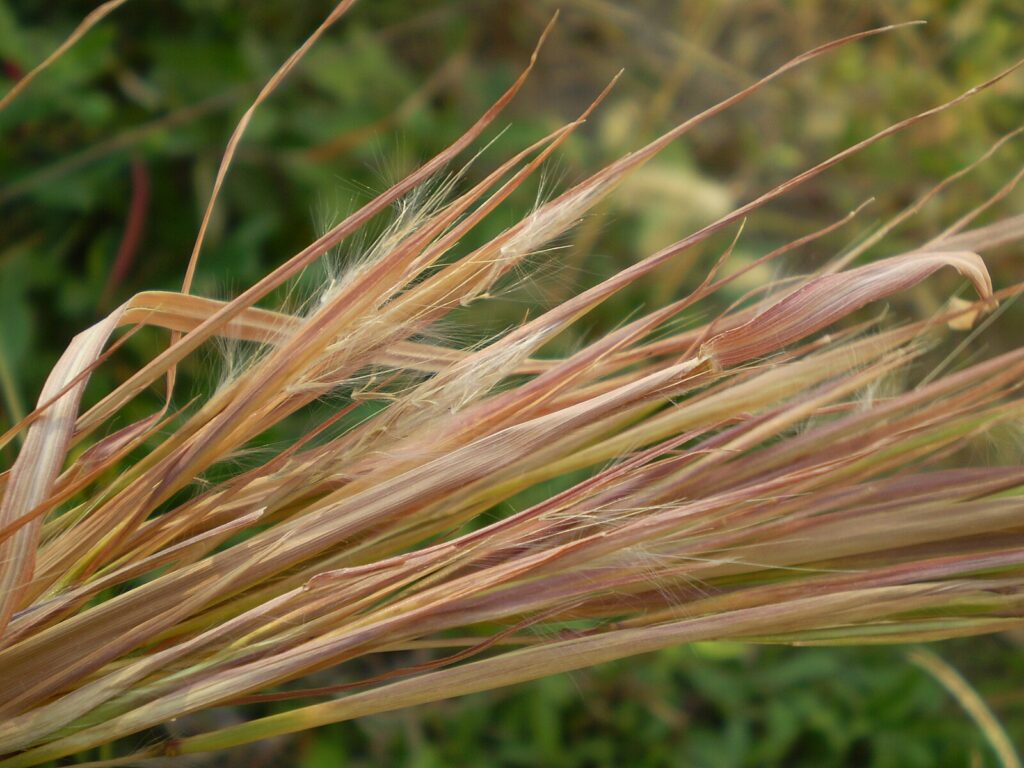
Broom Sedge (Andropogon virginicus)
This tough, adaptable native grass grows in clumps with upright stems that turn golden bronze in fall, adding color and structure to restoration plantings. It excels in poor, sandy soils and contributes to long-term erosion control. Broom Sedge also provides valuable cover for ground-nesting birds.
